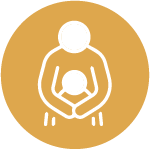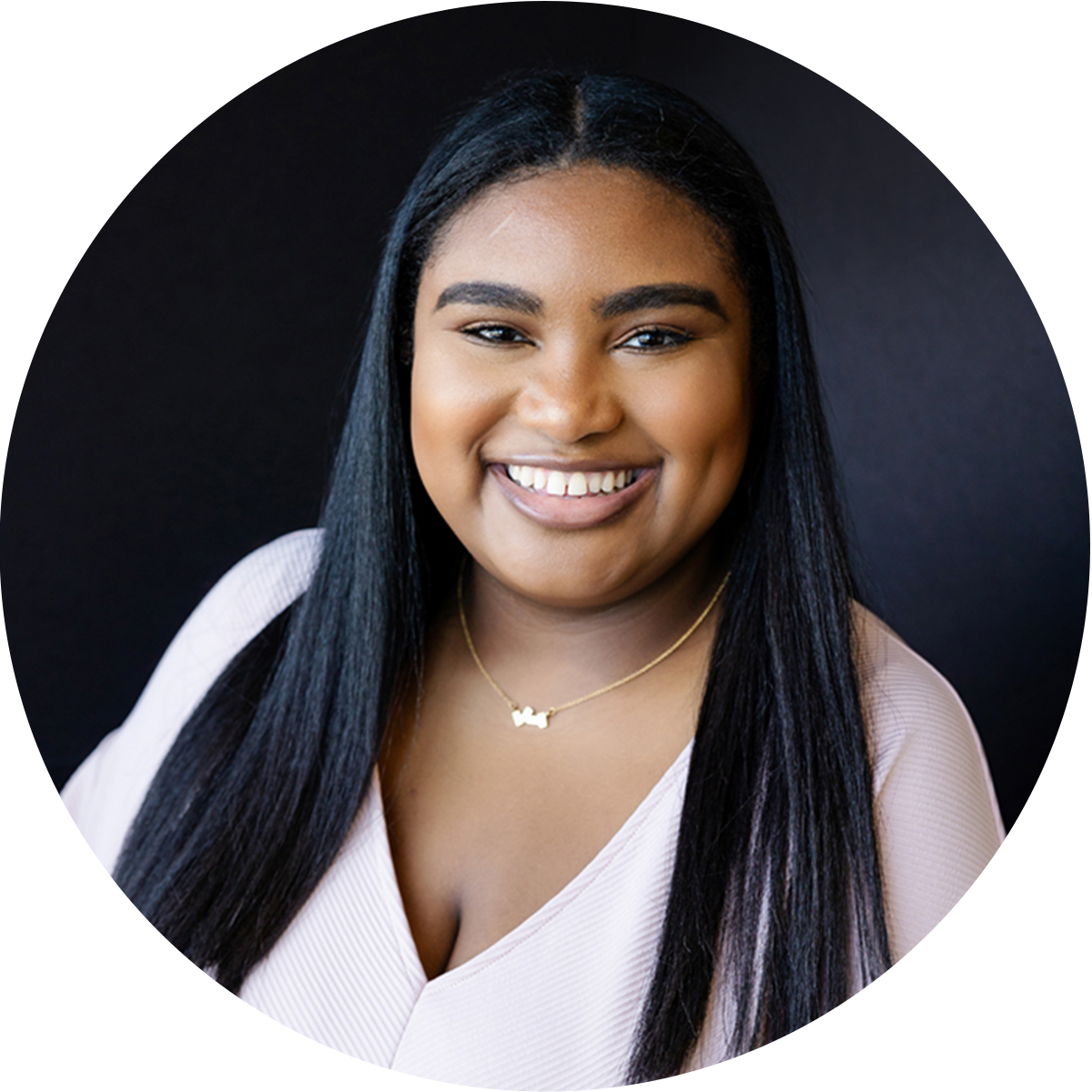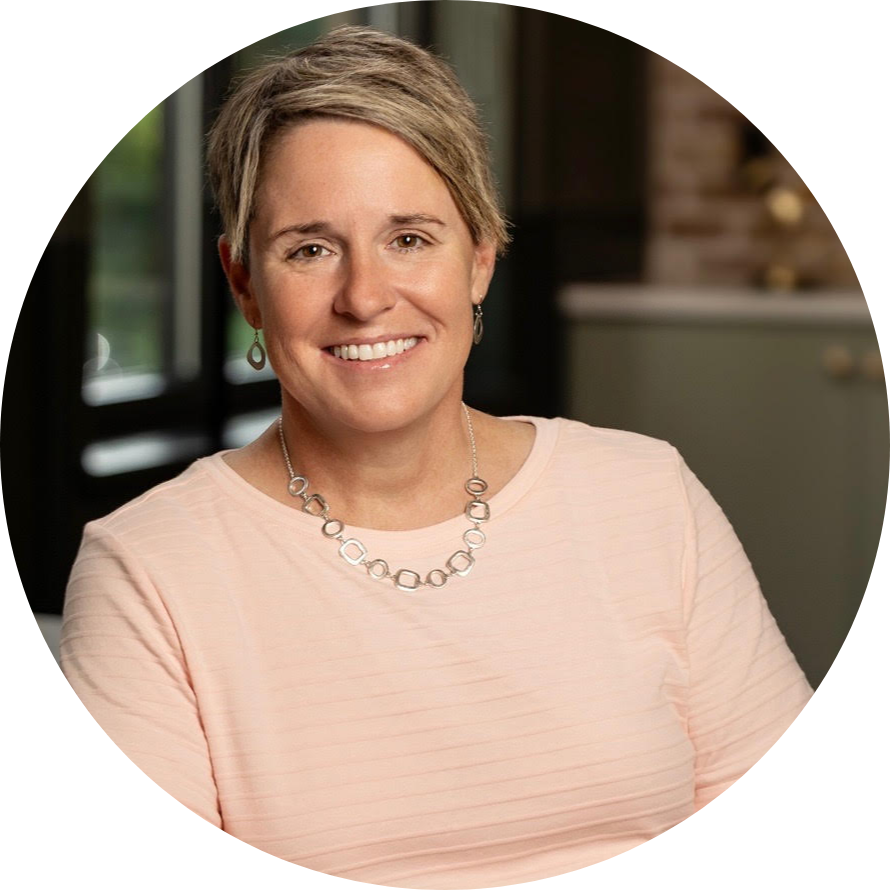When many people come to therapy they want to better understand themselves and figuring out how they feel about gender and sexuality is an important part of this. With Pride Month happening, I felt that it was a good time to talk about gender and sexuality. When someone mentions gender or sexuality, it can bring up a lot of emotions and feelings, especially with how often these topics have been discussed lately. As a nonbinary person, I wanted to share some of my understanding and experiences.
Everybody is familiar with the idea of gender, but I know that for a lot of people the new conversations about gender can be overwhelming. Between unfamiliar words and new ideas that are different from what we’ve grown up with, there’s a lot to take in. The following terms will give us an overall understanding of how gender works and create context for our future conversations.
A person’s sex is the biological characteristics that a person is born with. This typically separates people into male, female, or intersex.
Gender is a social construct that focuses on the roles people take in society. These are the ideas that tell us how people are expected to present themselves and act, such as how boys are expected to act masculine and girls are expected to act feminine.
Gender identity is how a person feels about and experiences their own gender. This is on the inside and is different for every person, even if you feel like you’re the same gender that you were expected to be.
Gender expression is how you present your inner gender to the world. People do this every day when deciding on clothes, haircuts, jewelry, and more. All of these things are connected, but not the same.
The gender binary says that there’s only two genders that people can be: man or woman, and that you have to act the “right” way depending on the sex you’re born as. We already know that can’t work because more than two sexes exist. I also believe that humans are far too complex to just drop us into two boxes and tell us that’s the only way for us to exist and express ourselves.
I know there’s a lot more terminology that exists, but these are what we need for now. A great way to visualize these terms is by using the Genderbread Person. In the next blog, we will talk a little more about what these terms look like in our lives.













